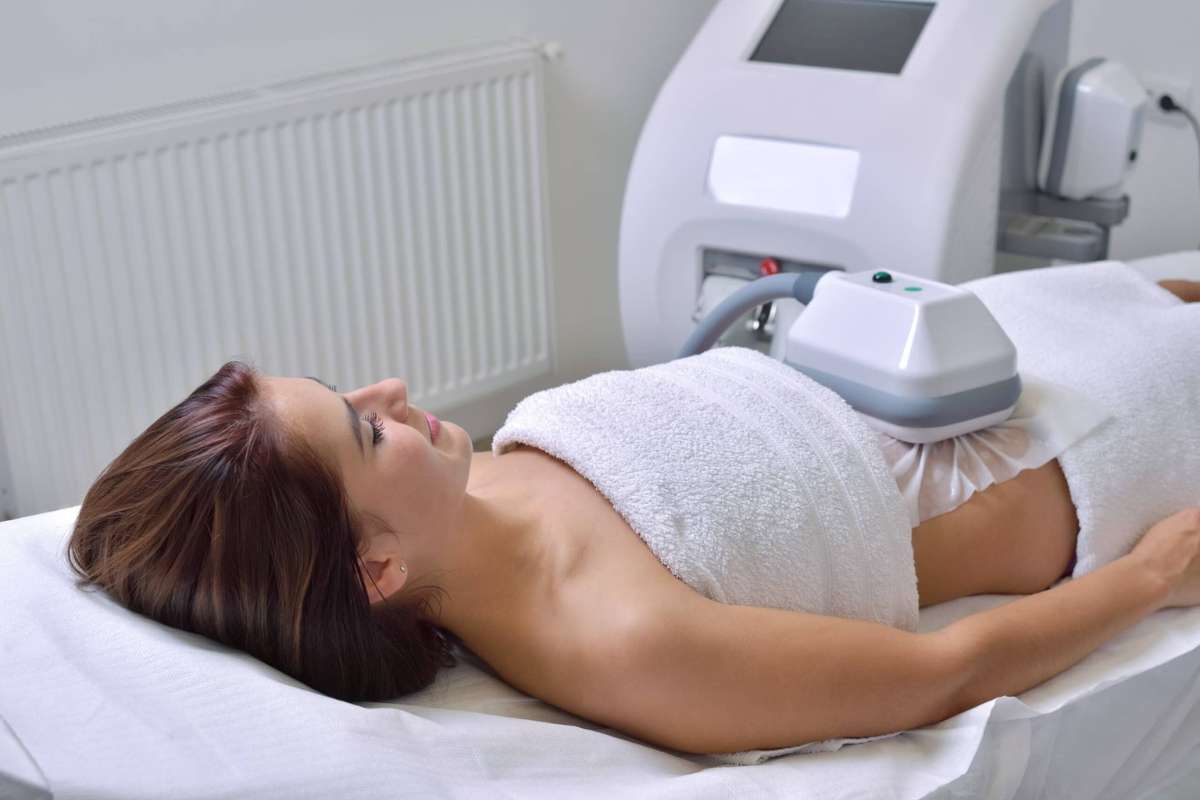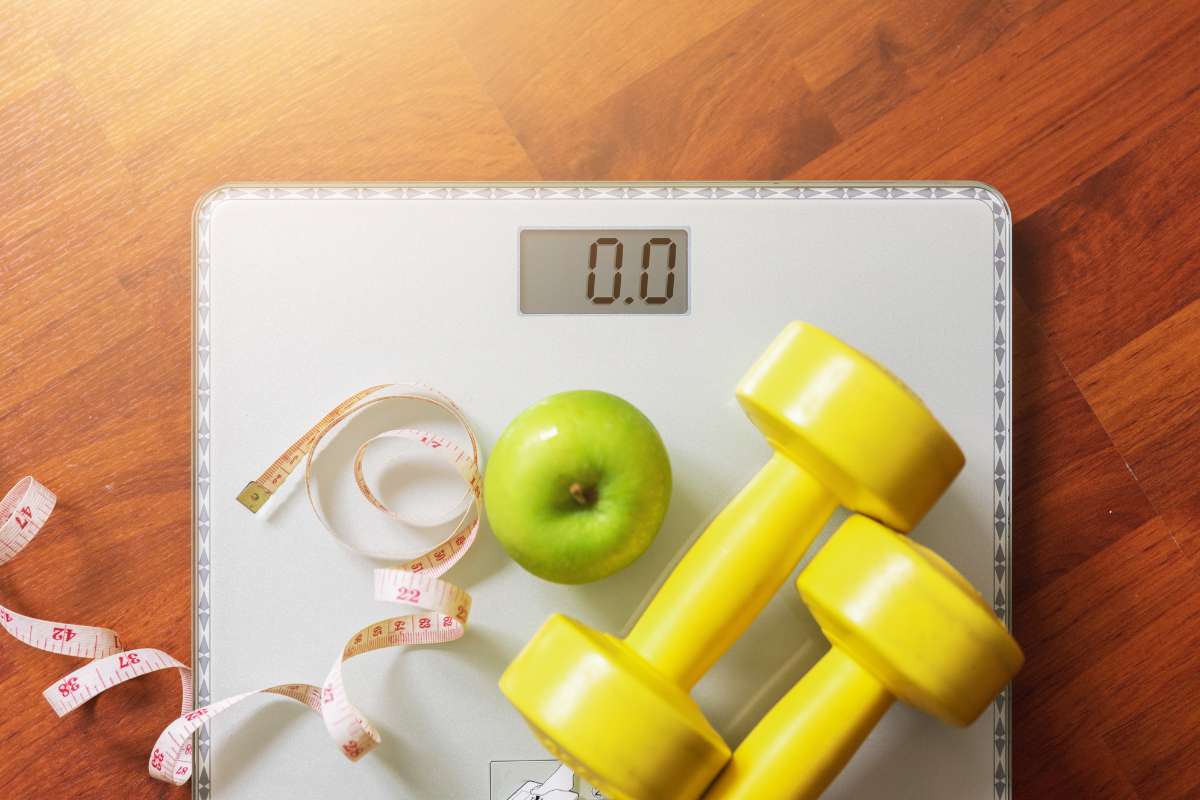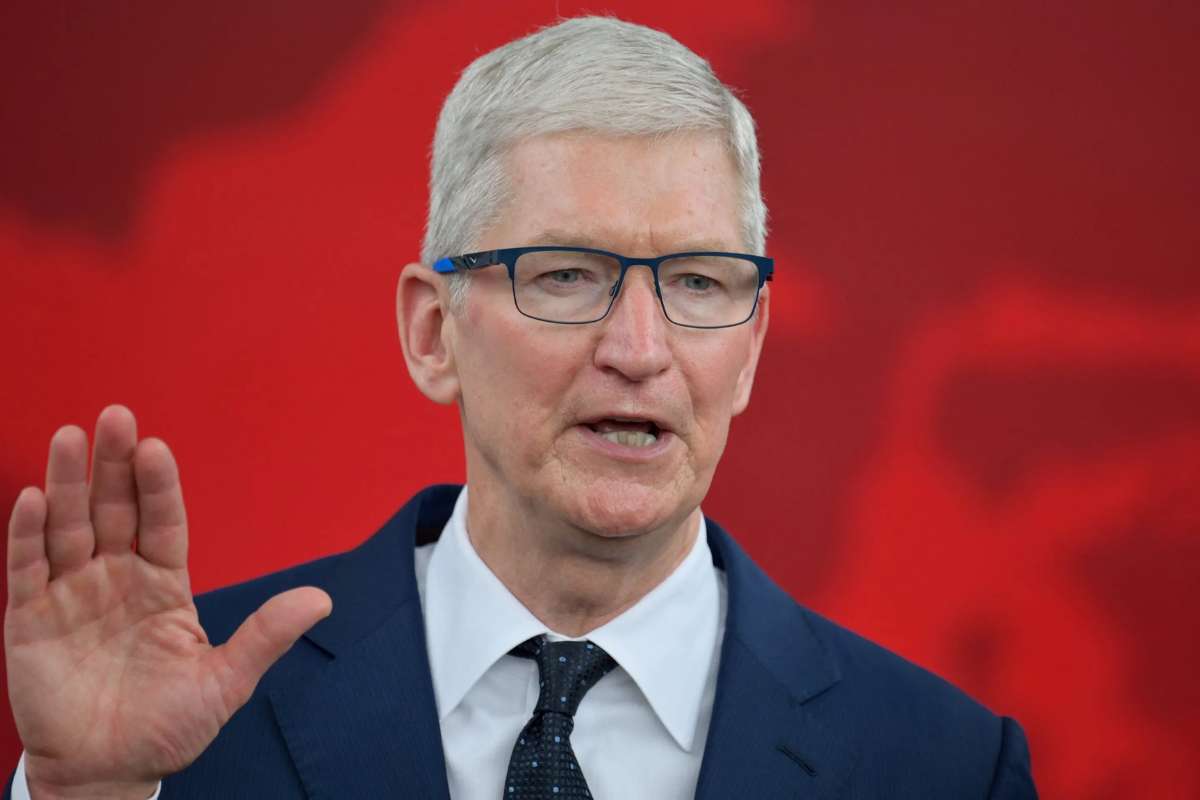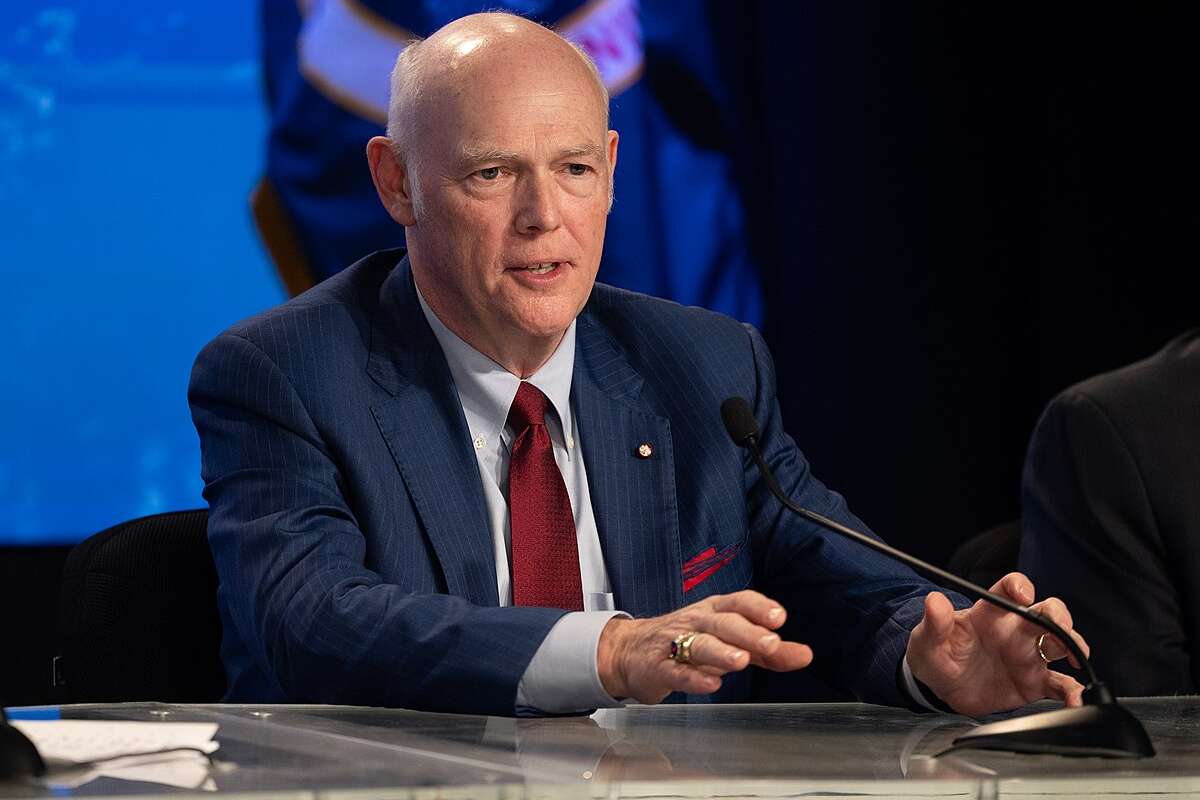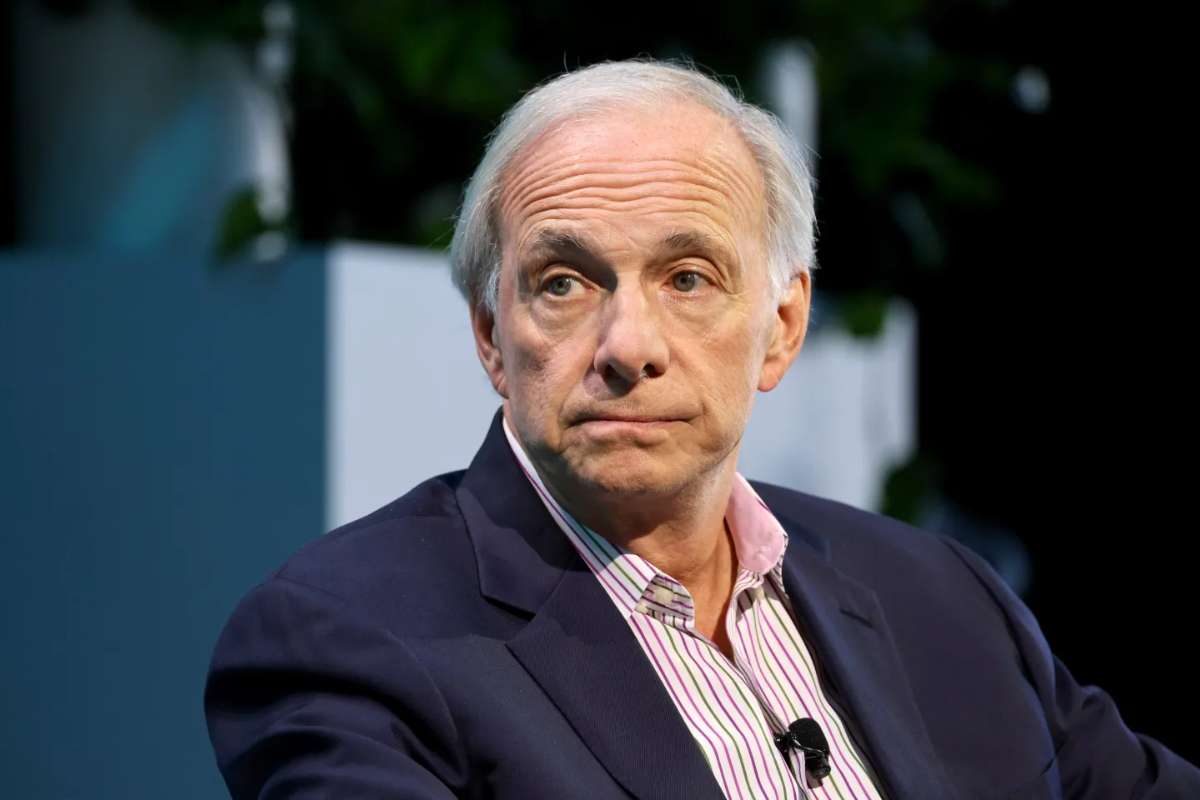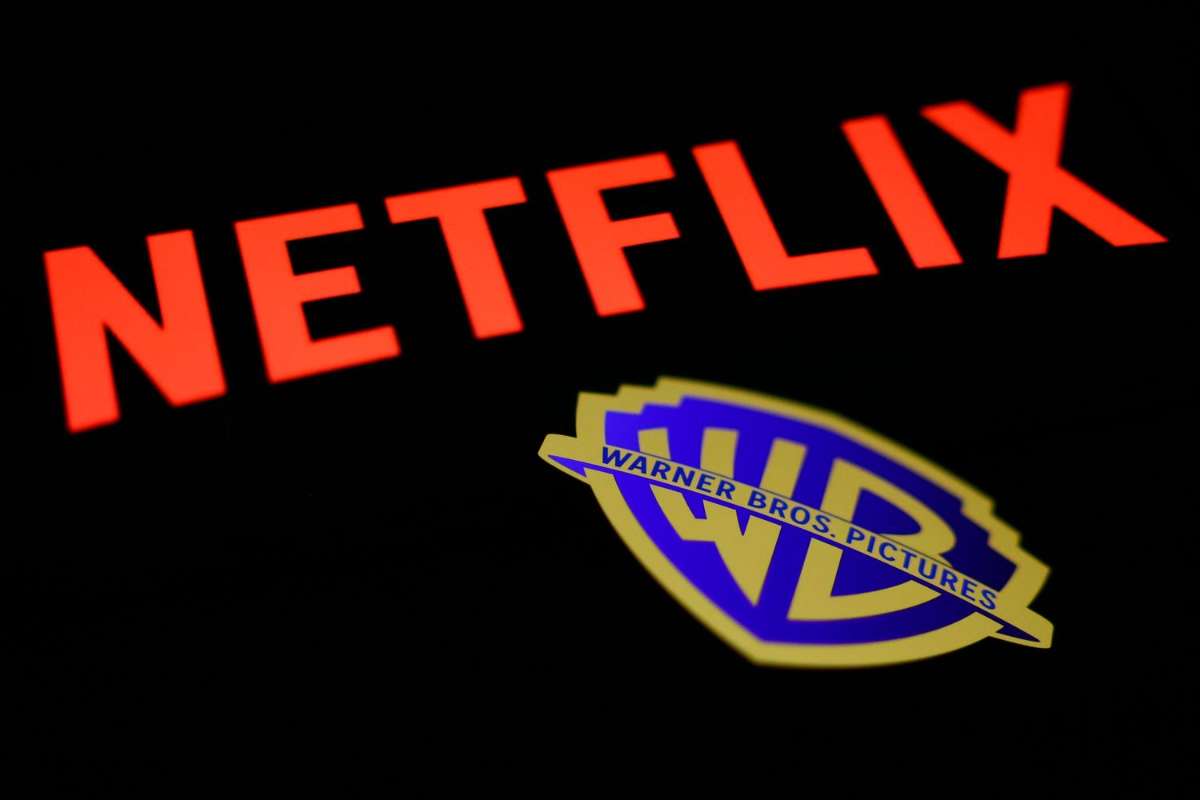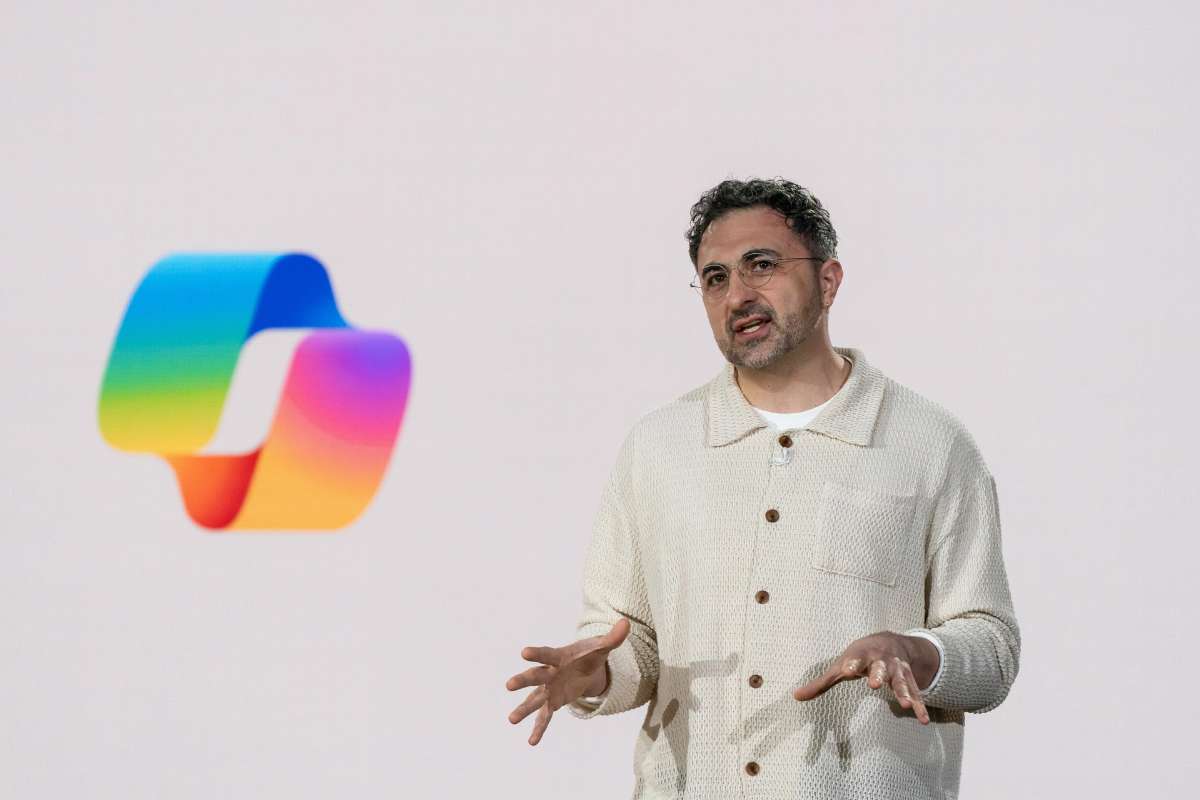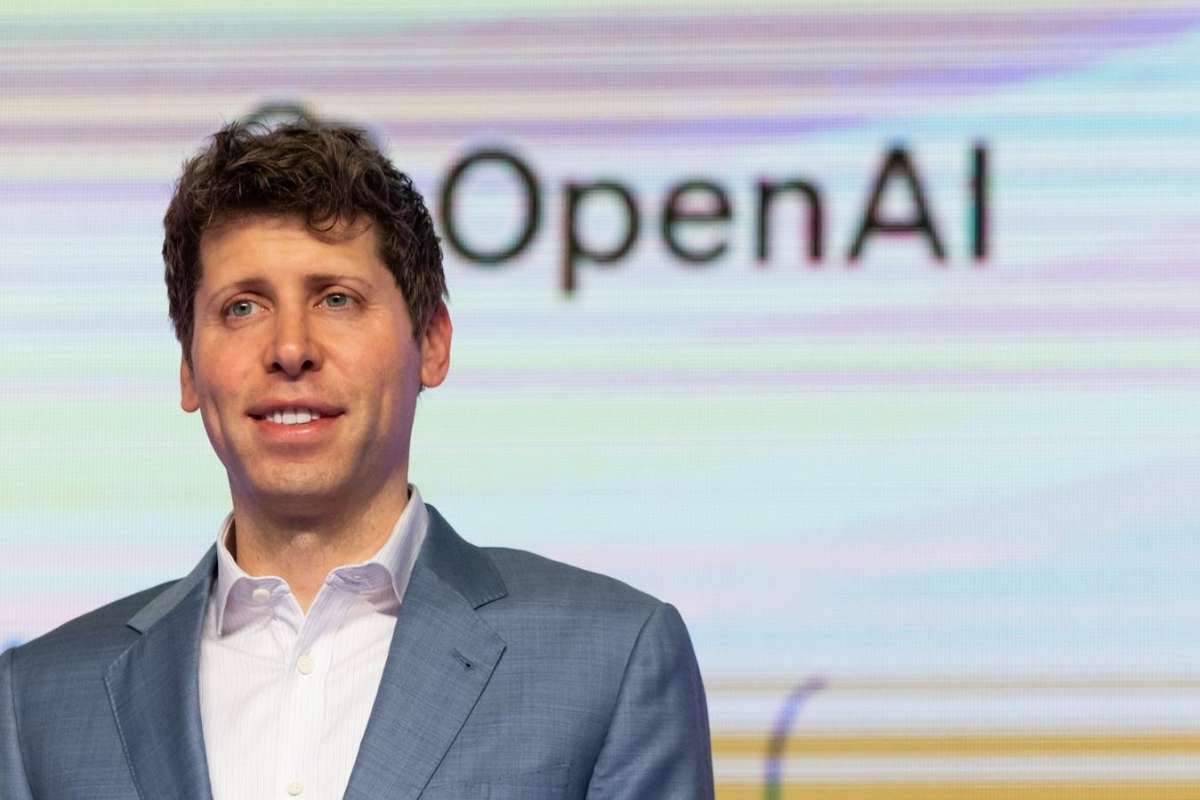Healthcare is like a superhero movie without the hero. It’s full of chaos, paper records, hacking fears, insurance confusion, and data scattered like confetti after a party.
But what if there were a digital ledger that keeps things honest, secure, and tamper-proof? Yes, that’s blockchain in healthcare, the quiet superhero nobody expected but everyone desperately needs.
Whether you are a patient tired of explaining your medical history for the tenth time or a doctor juggling privacy and paperwork, this tech has something for you. The revolution is already happening. Let’s break down 10 ways blockchain is rewriting the rules in healthcare.
Top 10 Key Roles of blockchain in healthcare
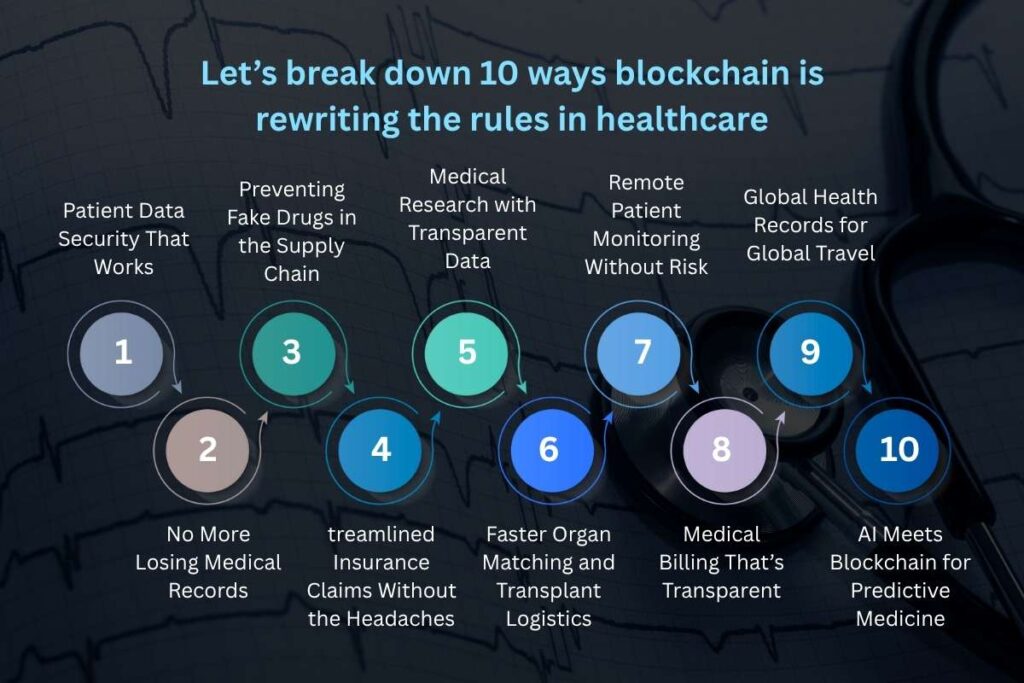
1. Patient Data Security That Works
Hospitals are prime targets for hackers. One record can sell for hundreds on the black market. With blockchain in healthcare, patient data is encrypted, timestamped, and stored in a decentralized system. No central server means no easy breach.
Case Study: In 2022, Medicalchain partnered with the Mayo Clinic to build a secure patient data exchange. Result? Zero breaches, faster patient verification, and better care coordination.
2. No More Losing Medical Records
Ever been referred to a specialist who says, “We didn’t receive your records”?
Blockchain in healthcare fixes this by allowing authorized access to a universal digital ledger. Records follow you, not the hospital.
3. Preventing Fake Drugs in the Supply Chain
Fake medicines are a $200 billion problem globally. Blockchain tracks every pill from the lab to the shelf. Blockchain in healthcare creates a chain of custody so ironclad that tampering becomes nearly impossible.
Real-world Impact: Pfizer and IBM tested a blockchain system that traced drug batches in Africa. The outcome? A 30% drop in counterfeit reports in the trial zones.
4. Streamlined Insurance Claims Without the Headaches
Insurance paperwork is a maze. Delays, denials, and disputes are part of the game. With blockchain in healthcare, each transaction is verified and logged. This reduces fraud and automates approvals.
5. Medical Research with Transparent Data
Clinical trials are often accused of bias. Data “disappears” when outcomes don’t favor pharma companies. Blockchain in healthcare creates transparent, auditable records for every step of a clinical study.
6. Faster Organ Matching and Transplant Logistics
Time is life when it comes to organ transplants. Blockchain in healthcare allows real-time organ tracking, donor verification, and hospital coordination, all in seconds.
Result: The UNOS pilot program using blockchain reduced waitlist delays by 18% in 2023.
7. Remote Patient Monitoring Without Risk
Wearables like smartwatches track heart rate and glucose levels. But who owns that data?
With blockchain in healthcare, patients remain the owners. They choose who sees their data, and when.
8. Medical Billing That’s Transparent
Most patients have no idea why they’re charged thousands for a ten-minute checkup.
Blockchain in healthcare builds smart contracts, automated, rule-based payments. You only pay what’s agreed upon.
9. Global Health Records for Global Travel
Vaccines, allergies, and chronic conditions, your data matters more when you’re abroad.
Blockchain in healthcare supports cross-border health records that can be securely accessed anywhere, anytime.
World Health Organization Pilot: Launched a global health ID system in 2024, powered by blockchain for refugee health management.
10. AI Meets Blockchain for Predictive Medicine
AI can predict strokes or cancer risk. But it needs clean, accurate, and verified data.
Blockchain in healthcare ensures the data used is valid, current, and consented to for AI analysis.
Result: A study by MIT showed 17% better diagnostic accuracy when AI used blockchain-verified datasets.

Top Healthcare Technology Trends Driving Change in the Sector
Here are the Top 7 Healthcare Technology Trends: 1. Artificial Intelligence (AI) and Machine Learning 2. Telemedicine and Remote Patient Monitoring 3. Blockchain Technology for Health Data Security
What Experts Say About Blockchain in Healthcare
“Blockchain allows us to rebuild trust in a system that’s lost it.”
Dr. Alan Mist, Chief Tech Officer, MedTech Solutions
“It’s not about replacing healthcare workers, it’s about empowering them with cleaner, faster, and more honest data.”
Dr. Linda Grant, Health Policy Analyst
Real-World Case Studies That Prove It Works
| Organization | Use Case | Result |
| Mayo Clinic | Patient record access | Reduced delays in record sharing |
| Pfizer + IBM | Drug supply tracking | Fewer fake drug cases in Africa |
| UNOS | Organ transplant tracking | Cut coordination time by 18% |
| Change Healthcare | Blockchain billing | Saved $3.4M annually on admin costs |
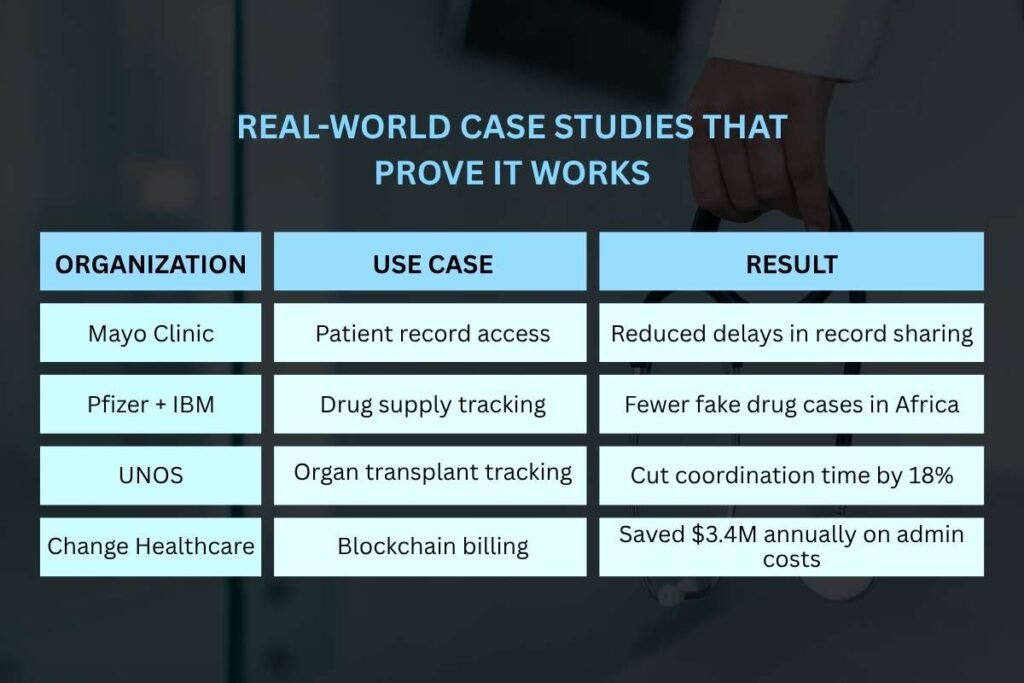
Why Blockchain in Healthcare Isn’t Just a Buzzword
The term “blockchain” has been thrown around like confetti at a startup party. But blockchain is not hype in healthcare as it’s solving real, painful, human problems. And it’s not just about technology, it’s about trust. It lets you stop second-guessing your records, your bills, and your care.
Tips for Hospitals and Clinics Starting Out
- Start Small: Test blockchain in one department, like billing or records.
- Train Staff: It’s a new workflow, not a new world. Empower your team.
- Work with Partners: IBM, Change Healthcare, and newer startups offer plug-and-play blockchain modules.
The Future of Blockchain in Healthcare
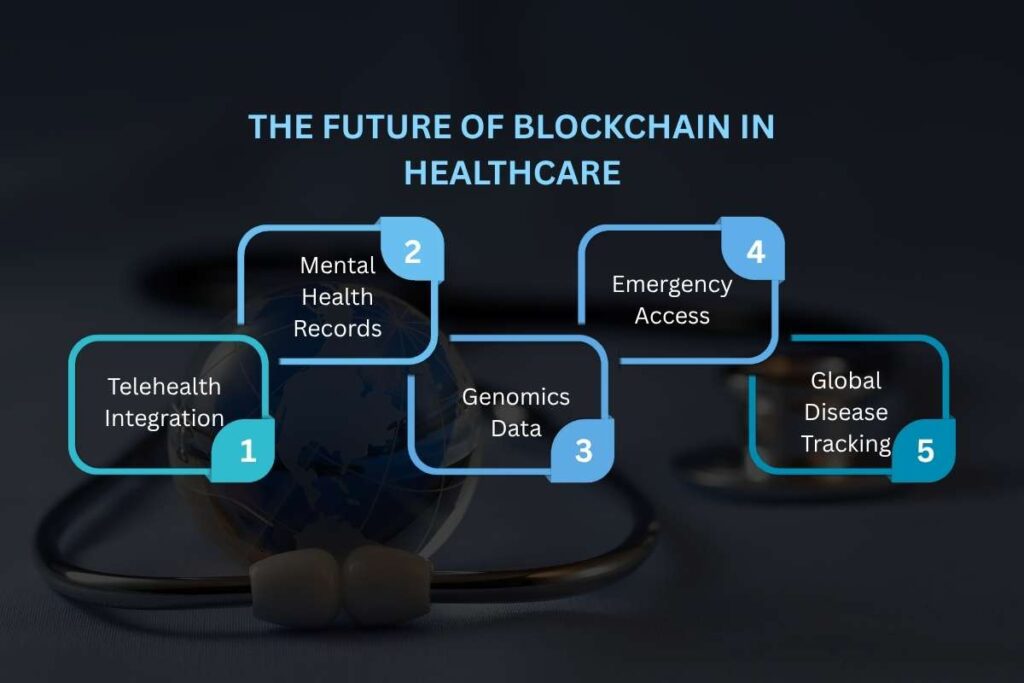
- Telehealth Integration: Verified remote consults.
- Mental Health Records: Privacy-protected but accessible care history.
- Genomics Data: You control who gets your DNA.
- Emergency Access: Instant retrieval during crises.
- Global Disease Tracking: Real-time epidemic alerts with verified inputs.
Conclusion:
Sounds like a bad joke? Not anymore.
Blockchain in healthcare is turning punchlines into protocols today. It’s here, it’s saving lives, and it’s doing what no health tech ever could: keeping everyone honest.
So, whether you are a healthcare worker, a patient, or someone who just wants their MRI results on time, you’re not dreaming. You’re just living in a world where blockchain in healthcare finally makes sense.





